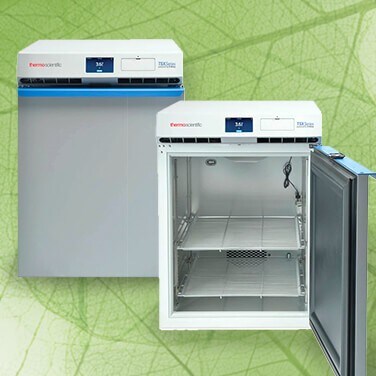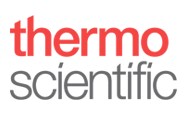Go Green with Thermo Scientific Products
Billions of pounds of plastic are discarded globally each year and laboratories are big contributors to this waste. Now research facilities have an opportunity to reduce their environmental impact through informed decisions and purchases, selecting greener options in the process.
My Green Lab, a non-profit organization, has piloted an environmental assessment label for laboratory products. The label assesses the accountability (A), consistency (C), and transparency (T) of manufacturing, energy and water use, as well as packaging and end-of-life disposal. The ACT system is intended to make choosing sustainable products easier.
Benefits of ACT Labeling
With the ACT labeling system, laboratories have a way to make more informed purchasing decisions based on environmental sustainability. The label also provides a product “score” and offers helpful tips for disposal.
To qualify for the ACT label, products are assessed, scored and audited by an independent third-party company known as Sustainability Made Simple. The company considers Environmental Impact Factors (EIF) developed with input from scientists, sustainability directors, procurement specialists, and manufacturers to provide a comprehensive labeling program for life sciences products.
Scores are based on the recyclability of the product, its energy consumption and any sustainable manufacturing practices provided by the manufacturer. Data is verified and published by My Green Lab, reducing the chances for bias and increasing the ACT label credibility as a meaningful measure.
The scores are used to create an ACT label for each product, informing potential buyers about its environmental impact. In the spirit of sustainability, labels are published on mygreenlab.org for public access. Reading an ACT label is simple: most categories are rated from 1 to 10, with a lower score given to more environmentally-friendly products.
You can use these scores to compare the environmental impact of the categories most relevant to your lab. For more details on the product scoring process, visit the My Green Lab website.
My Green Lab and Thermo Fisher Scientific
Demonstrating a commitment to sustainability, Thermo Fisher Scientific is participating in the My Green Lab program, offering insights into improved manufacturing procedures. A selection of Nalgene™ and Matrix™ products are now ACT labeled and may help to make sustainable purchasing a reality.
Fact Sheet: Thermo Scientific™ TSX Series Undercounter Refrigerators
These high-performance undercounter refrigerators were developed with better energy efficiency than models that use a conventional refrigerant.
Key Features
- A unique variable or “V-drive” with synchronized temperature management (STeM) adapts to the environment
- Cold-wall technology and forced-air cooling keep temperatures stable for your sensitive samples, even during frequent door opening
- Two solid-state thermoelectric heat pumps are synchronized to modulate activity based on customer usage and generate energy savings by powering the system only as needed
- Non-hydrofluorocarbon (HFC) coolants help reduce environmental impact and further increase cooling efficiency
The TSX series also offers 42% more storage capacity than the earlier models in a similarly sized footprint. Also, with their quiet operation (35 dB vs 60 dB), they’re an easy addition to your lab space.
Important Changes
HFC coolants have been identified as contributors to global warming by the U.S. Environmental Protection Agency and European Commission. As a result, Thermo Fisher Scientific is eliminating the use of these coolants in freezers and refrigerators and replacing them with more environmentally friendly alternatives that also offer better cooling efficiency.
Green Advantages
TSX series undercounter refrigerators require 37% less energy to operate than models with conventional refrigerants. The newer models could help save more than 600 kWh of energy over the course of a year. This represents 0.43 tons of CO2 equivalents, which is comparable to the greenhouse gas emissions from driving 1,032 miles in an average passenger car.
TSX refrigerators also produce less heat, helping to lower heating, ventilation and air conditioning (HVAC) costs. For example, the TSX505SA model emits 206.2 BTU (British Thermal Units), while the older, yet comparable REL404A model emits 616 BTU.
This combination of features and energy-use reductions can help all of us help the planet. Thermo Fisher Scientific is committed to creating products with the environment in mind so we can enable our customers to make the world healthier, cleaner and safer.

Content provided by:

